coastal redwood
bigbird85
15 years ago
Related Stories

HOUZZ TOURSHouzz Tour: From Strictly Traditional to ‘Surf’s Up’
A family of avid surfers transform a shingled Cape Cod–style house into a home inspired by views of enticing waves
Full Story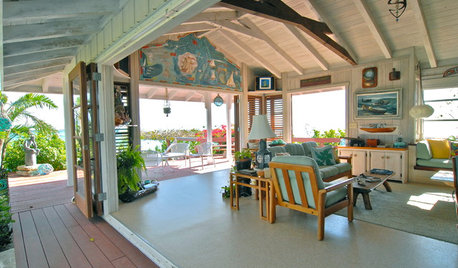
HOUZZ TOURSMy Houzz: Island Life and Love in the Bahamas
Fifty years of devotion begets two handmade open-air cottage homes on a private tropical island
Full Story
FALL GARDENING7 Reasons Not to Clean Up Your Fall Garden
Before you pluck and rake, consider wildlife, the health of your plants and your own right to relax
Full Story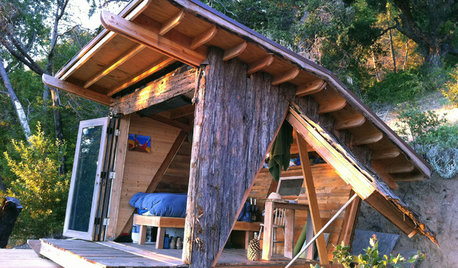
DREAM SPACESGreat Escape: A Tiny, Off-the-Grid Hideout in the California Woods
Covered in bark and topped by a living roof, this 90-square-foot retreat hides on its California hillside
Full Story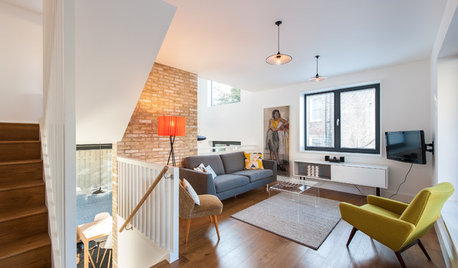
CONTEMPORARY HOMESHouzz Tour: Split-Level Home Uses Every Square Foot
A staircase connects levels that share views and light. The result is separate rooms with an open-plan feeling
Full Story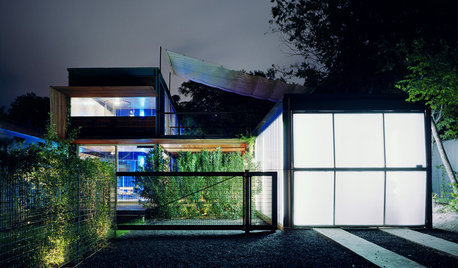
REMODELING GUIDESRegional Modern: Austin, Texas
Contemporary and modern Austin homes reflect the area's climate and eclectic style
Full Story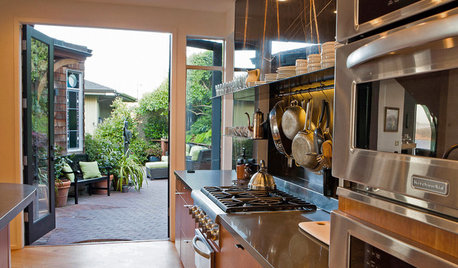
KITCHEN DESIGNKitchen of the Week: Former Galley Opens Up to Stunning Bay Views
A gloomy space goes from walled-off to party-friendly, better connecting with the home's other rooms and the outdoors
Full Story
REGIONAL GARDEN GUIDESCalifornia Gardener's March Checklist
Give natives and tropicals a well-deserved spotlight — plus, discover an easy herb that keeps on giving
Full Story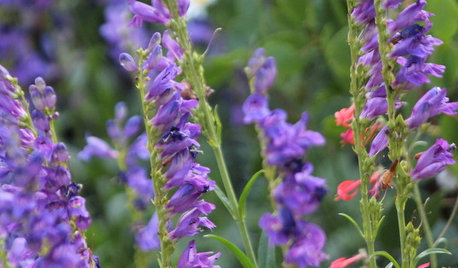
CALIFORNIA GARDENINGCalifornia Gardener's August Checklist
Pick up some great ideas from these travel-inspired plantings, even if your vacation is in your own backyard
Full Story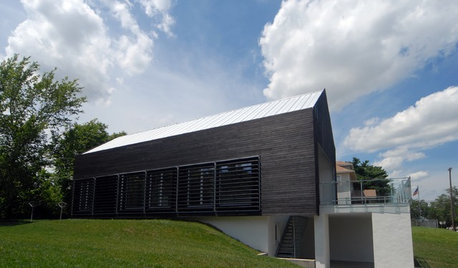
REMODELING GUIDES'Yakisugi-ita' Is Setting the Siding World on Fire
Exterior wood siding created by a Japanese burning technique is now alighting in the Western world
Full StorySponsored






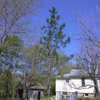
Toronado3800 Zone 6 St Louis
mckenna
Related Discussions
Coastal Redwoods
Q
coastal redwood 8 yrs old relocation project
Q
Coastal Redwoods
Q
Coastal Redwood "Soquel" in AZ
Q
sequoia_stiffy
sequoia_stiffy
spruceman
davidrt28 (zone 7)
sequoia_stiffy
davidrt28 (zone 7)
ggabies
davidrt28 (zone 7)
davidrt28 (zone 7)
johnadams
sequoia_stiffy
sequoia_stiffy
davidrt28 (zone 7)
davidrt28 (zone 7)
sequoia_stiffy